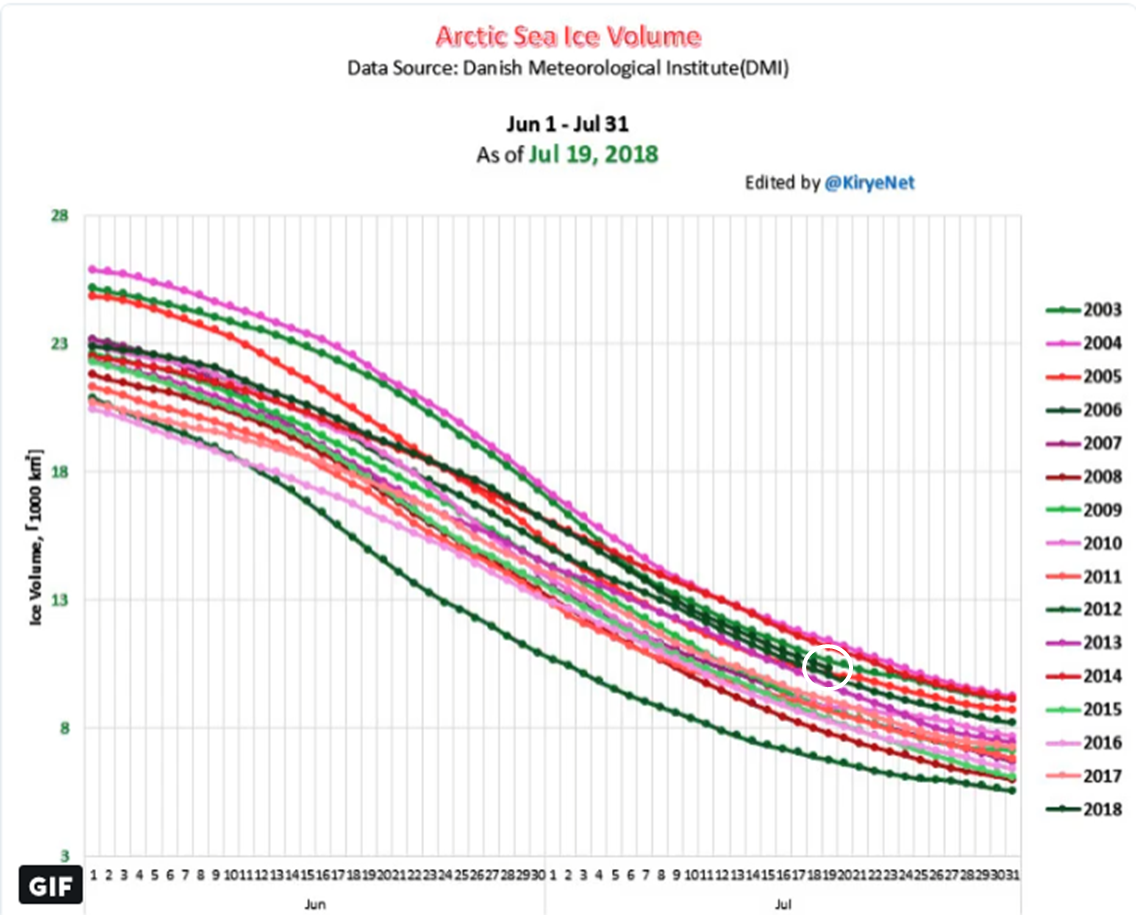

NASA published a study in 2015 that showed that the Antarctic ice sheet had gained billions of tons of ice each year for decades. Notably, the Antarctic ice sheet does not have a shrinking trend, according to the Intergovernmental Panel on Climate Change’s 2021 report. The Antarctic ice sheet does not generate the same headlines.
Arctic ice driver accident report update#
In March of 2018, MSNBC published an article on the semi-annual update titled: “How vanishing Arctic ice may set stage for extreme Nor’easters.”įor 2020’s second update, Vox published this headline: “Why the record low Arctic sea ice this October is so alarming.” The March 2017 news of the Arctic ice sheet’s greatest extent garnered this headline in the Washington Post: “The Arctic just set a grim new record for low levels of sea ice.” On the same day last year, that the New York Times reported the annual low range of the Arctic ice cap in the print edition, the top story in the print edition read: “A Climate Crossroads With 2 Paths: Merely Bad or Truly Horrific.”Įvery year in March and September, the Arctic ice’s annual highs and lows generate grave warnings and calls to action across media outlets (sometimes accompanied by pictures of sad polar bears on precarious floating ice). The decreasing trend in the north pole’s ice cap has been one of the biggest headline generators in climate change news coverage. The past 15 years have shown a lower extent of Arctic ice coverage compared to the previous 27 years. Scientists have tracked ice coverage in the Arctic since 1979.

He added that this year is a “reprieve” and that “the weather is so variable.”
Arctic ice driver accident report full#
“The extent is higher than in recent years, but that is not telling the full story,” explained Mark Serreze, executive director of the National Snow and Ice Data Center. Upon news of the greater ice coverage, scientists noted that weather patterns fluctuate and pointed to a zone of colder-than-usual air pressure over the Beaufort Sea. Scientists maintain that the northerly polar ice cap continues on a downward melting trend. This year’s post-melting season ice sheet is 40 percent larger than the record low, which was set in 2012. No one was hurt but emergency officials were working to transport generators, backup communication systems and clean drinking water to the village of about 75 people, roughly 160 miles (257 kilometers) northeast of Fairbanks.Scientists at the National Snow and Ice Data Center announced Wednesday that the Arctic ice sheet extends 25 percent further than it did last summer, with 1.82 million square miles of ice at its annual low.Īrctic ice coverage reaches its lowest extent in mid- to late-September following the melting season. She cried as she surveyed the damage in the community, which included one house near the river being washed away and at least seven others knocked from their foundations and battered with ice, she said.Īuthorities were aware of at least three homes pushed off foundations as damage assessments were underway, said Jeremy Zidek, a spokesperson with the state’s emergency management office. Olmstead's car was destroyed and she lost most of her belongings. By about 9:30 p.m., the water “started to recede almost as dramatically as it rose,” she said. Olmstead said she watched a colleague get rescued from their residence and brought to the school. However, Thoman said this kind of flooding is expected to become less common in the next few decades as springs warm.ĭiane Olmstead, a teacher in Circle, said it took only about 10 minutes for the chilly floodwaters to rise a foot high (30 cm) after they began creeping toward the school at around 8 p.m. “The combo of a cold April and deep snowpack really loads the dice,” said Rick Thoman, a climate specialist at the International Arctic Research Center at the University of Alaska Fairbanks. Ice jam flooding in the spring is not unusual in Alaska, but this year the risk was higher.


 0 kommentar(er)
0 kommentar(er)
